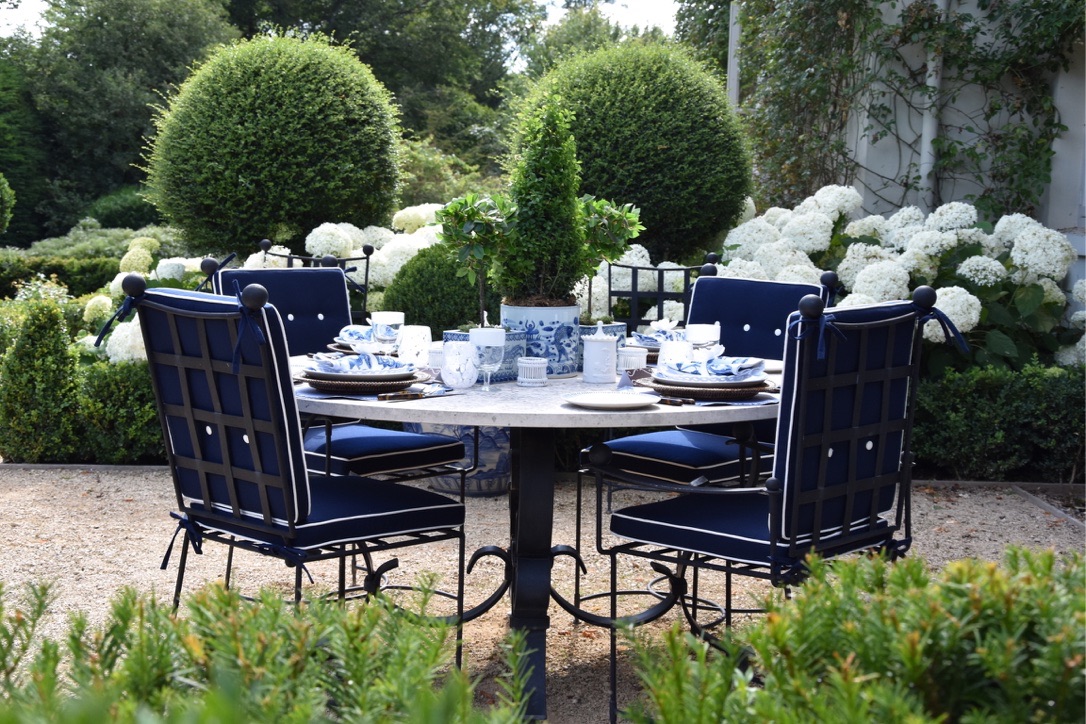Not long ago, the word ‘tablescape’ would have been met by many with a raised eyebrow. But setting a stylish table, layered with linens, silver, glassware and candles, has become very much de rigueur – the table, for styling enthusiasts, now being far more integral to a meal than the food that is served on it.
It’s a craze that has sky-rocketed around the world during the lockdowns of the past 15 months, as a means to make an occasion out of dining at home when restaurants were shut and hosting was off the menu. But its current resurgence predates the pandemic, and reflects a return to a traditional practice, given a thoroughly modern twist.
Until the late 19th century, the trend for table-setting was confined mainly to the aristocracy, for whom an elaborate table laden with silverware and fine porcelain was a way of conferring status and taste. But, following the publication of Mrs Beeton’s Book of Household Management in 1861, dressing the table became popular among the aspirational middle classes too, and Beeton’s tips for polishing silver, starching tablecloths and folding napkins could, she wrote, ‘apply equally to mansion and cottage’.
Modern-day Mrs Beetons include Martha Stewart and the chef Sandra Lee (who originally coined the term ‘tablescape’) in the US, where the hosting culture has kept the art of table-setting in the spotlight for decades; so much so it is practised competitively at events around the country.
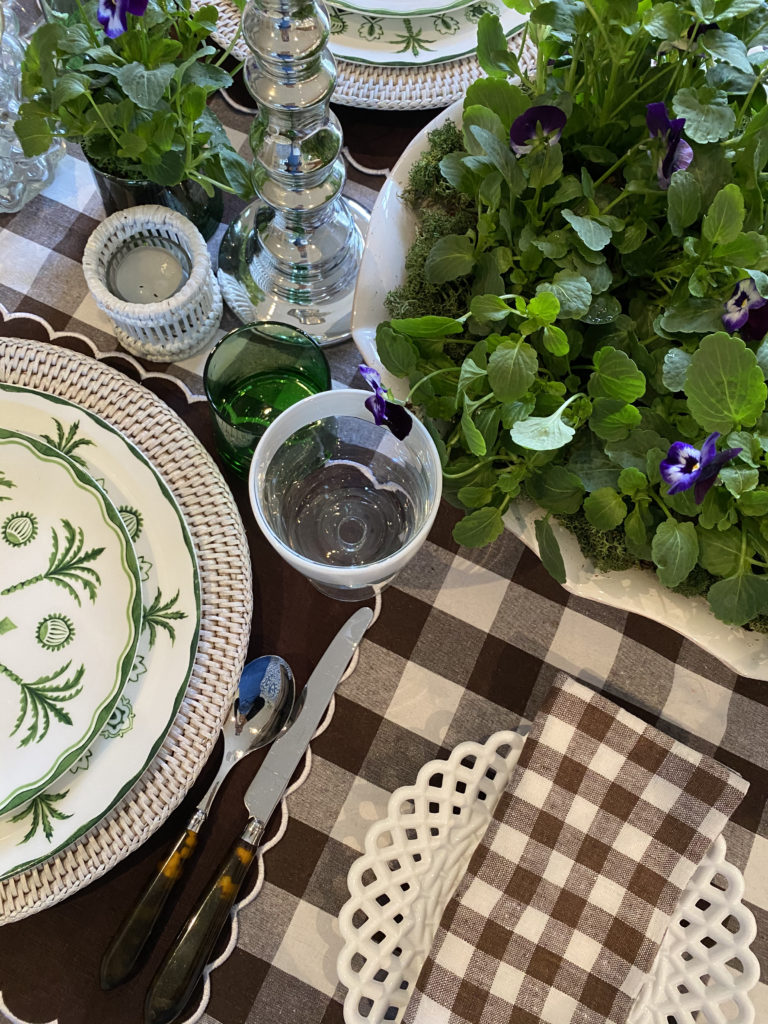
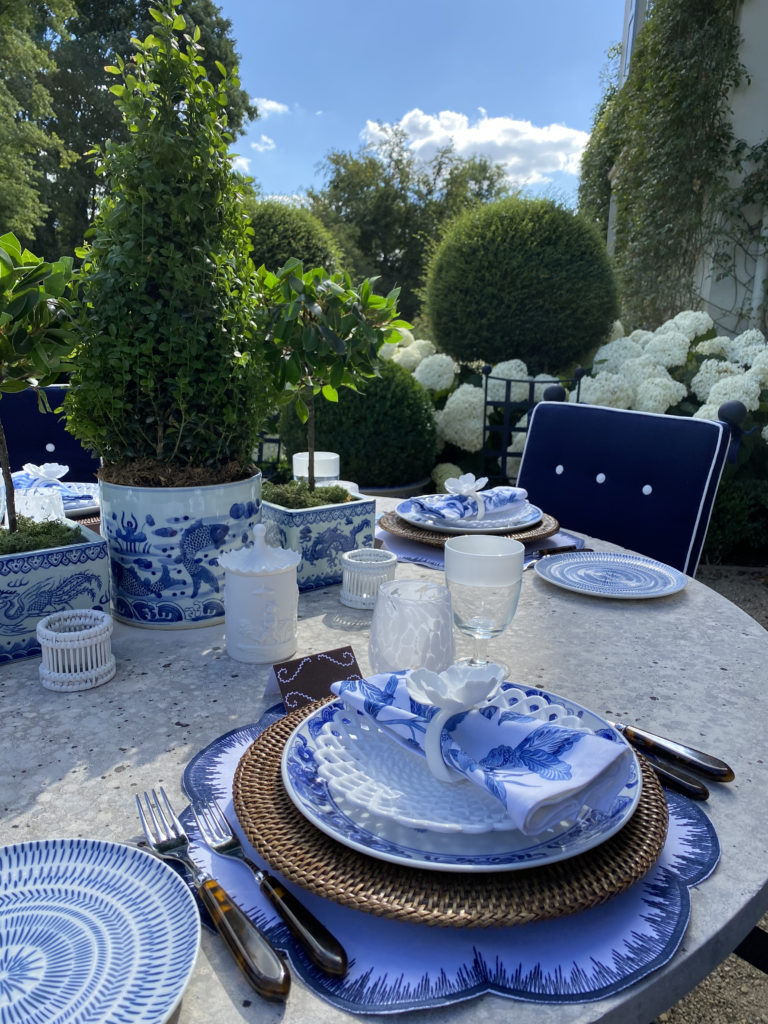
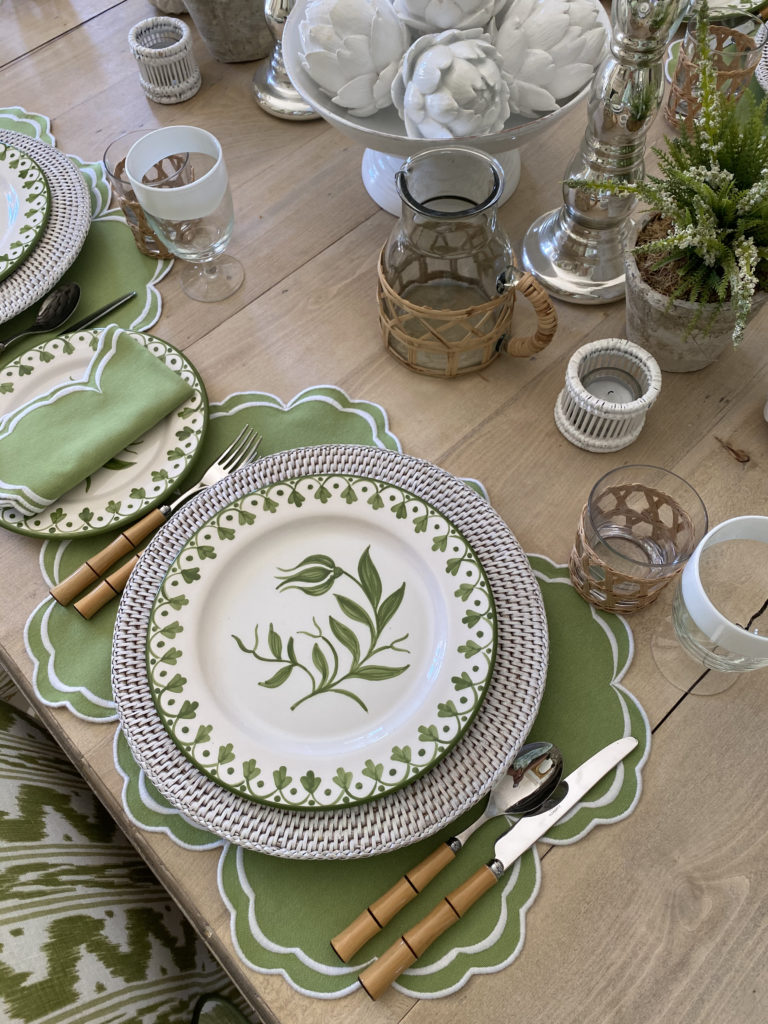
In the UK, the fashion for dinner parties waned somewhat after their 1970s and 1980s heyday, but over the past few years, it has been very much revived, due partly to the rise of the farmers’ market and a renewed interest in home-cooking. Social media has also played no small part, enabling the ardent tablescaper to share their creations not only with their guests, but also with their followers.
New tabletop collections from fashion brands – both high-end and high-street – have brought the practice to the attention of the Instagram generation; the hashtag #tablescape now has almost 1.5 million posts on Instagram, thanks to event stylists such as Fiona Leahy, who provides plenty of inspiration by posting pictures of elaborate tables created for glamorous events, as well as simple lunches and suppers in her own home. Creating a stylish place setting is no longer something one saves for social soirees: during the lockdowns, the ‘trayscape’, or ‘soloscape’ – essentially, a place setting for one – has become a social-media micro-trend of its own. Similarly to the way the Victorians would use their best silver to convey their wealth and standing, the modern-day tablescape sharer uses their creations to display a certain type of creativity and style nous.
The thing that is lovely about tableware is that you can buy it, keep it and hand it down – Serena Fresson, director of design, Mrs Alice
For UK-based Serena Fresson, a lifelong love of table-setting has led to her current role as director of design at her daughter Alice Naylor-Leyland’s tablescape company, Mrs Alice, which has seen demand go through the roof since it launched in 2019. The practice of setting a table has also, on many occasions, provided Fresson with a mindful creative outlet, which is, she believes, part of the reason why table dressing has become so popular during the pandemic and has such cross-generational appeal.
“Laying a table is definitely therapeutic for me,” she says, pointing to another reason for tabletop pieces becoming the new fashion accessories over the past year: “I’m not interested in that bag that there’s a waiting list for. I’d much rather buy something for my home. The thing that is lovely about tableware is that you can buy it, keep it and hand it down. It doesn’t wear out, and you can share it with your friends.”

The rise in popularity of vintage and antique homewares, both for reasons of sustainability and for the kudos of finding that one-off statement piece, has also trickled down to the table: things are not so ‘matchy-matchy’ these days. Tablescapers are scouring auction websites and dealers on the hunt for the perfect vintage glass vase or antique silver centrepiece.
Brooklyn-based entertaining expert and designer Athena Calderone, whose popular blog EyeSwoon brings a cool, current edge to the art of hosting at home, is a proponent of a casual, mismatched vibe: “For added juxtaposition, incorporate varied glassware, vintage pieces and plenty of texture and patina,” she advises. “Mixed ceramics are okay, even preferred. ‘Perfectly imperfect’ is a motto I live and design by.”
Fresson similarly likes to mix things up, using antique and vintage pieces to add a finishing touch to her table, and suggests that the days of the traditional dinner set might be numbered. “I would never buy a full service these days,” she says, “I always want to mix and match, and buying vintage is a good way of combining interesting pieces with other things you’ve bought along the way.”
Bringing a high-low mix to the table helps to keep things looking fresh and unstuffy. “I like to mix some very good candlesticks with less good ones, simple tea lights, and things I’ve picked up from high-street brands or on eBay,” says Fresson. “I also like a central bowl. I’ve got a lovely solid silver rose bowl, which I fill with ceramic balls, or something seasonal such as artichokes, lemons or flowers.”
The epergne – an elaborate centrepiece for holding fruit and flowers, popular with the Victorians – is seeing a revival, and is championed by Fiona Leahy, who also favours vintage, hand-painted porcelain over new, printed versions.

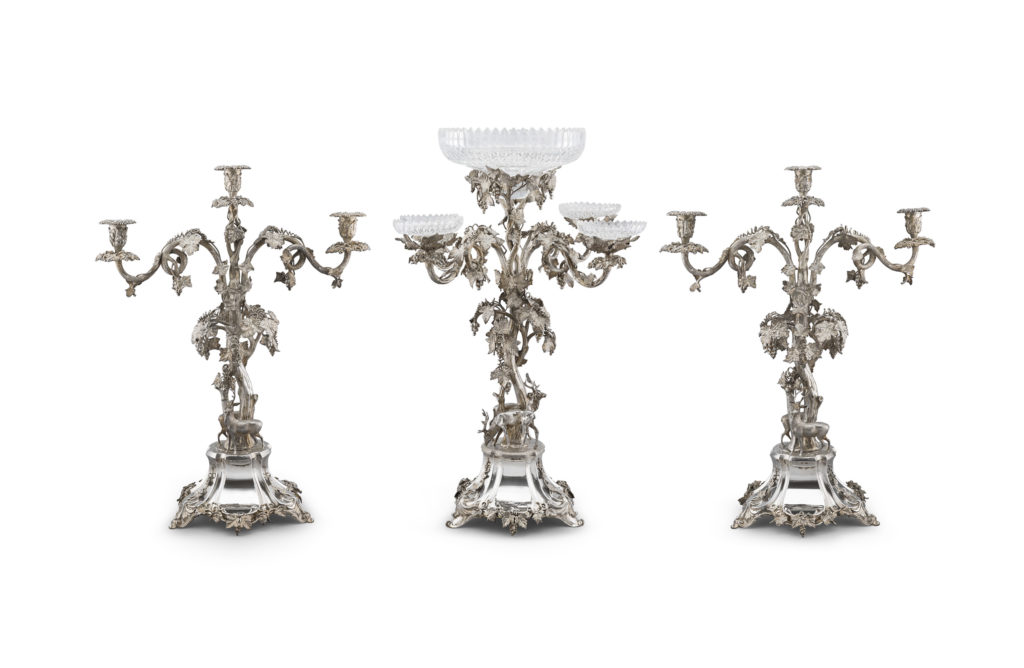
When it comes to silver, Stephen Stodel of dealers S&J Stodel has found that twentieth-century pieces are particularly popular at the moment: “Antique items are actually less rare than really well-made pieces from the twentieth century, which seem to be what people want,” he says, pointing to makers such as Charles Boyton, Stuart Devlin and Georg Jensen. “Plainer, more modern-looking designs are in demand,” he adds, especially with flatware: “A set by Jackson & Fullerton from 1900 fits in so well with a modern table.”
The most notable spike in interest that Stodel has identified is the “staggering jump” in demand for cocktail ware. Similarly, cut crystal is enjoying a renaissance, as home cocktail-making has taken off. A lockdown-inspired trend it may be, but one that, like tablescaping, is here to stay for lovers (and sharers) of interior style.
Effect Magazine is brought to you by Effetto



